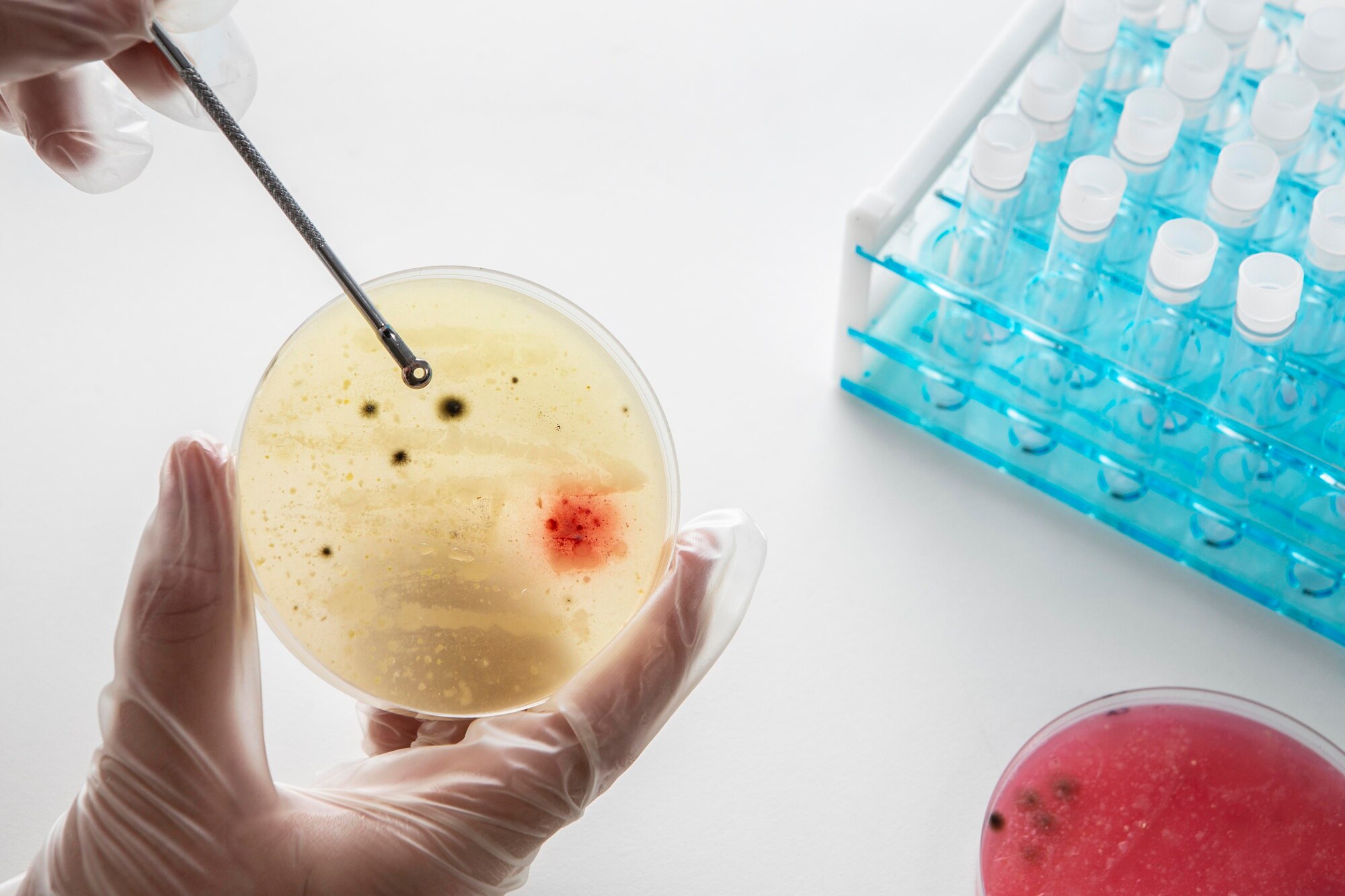According to a study published in The Lancet, by 2050, bacteria resistant to existing antibiotics could cause over 39 million deaths and indirectly contribute to an additional 169 million deaths. The forecast predicts that without effective measures to combat this issue, annual mortality directly caused by antimicrobial resistance (AMR) could reach 1.91 million people, with indirect casualties totaling 8.22 million by 2050. The study was published ahead of a high-level United Nations General Assembly meeting on antibiotic resistance scheduled for September 26.
The research covers data on 22 pathogens, 84 drug-bacteria combinations, and 11 infectious syndromes, including meningitis and sepsis. The analysis was based on records of 520 million individuals across 204 countries.
An international group of researchers involved in the global antimicrobial resistance project notes that compared to 2022, expected mortality will rise by 68% and 75%, respectively. This trend will put enormous pressure on healthcare systems and the economy, potentially resulting in annual GDP losses of between $1 trillion and $3.4 trillion by 2030.
Elderly individuals are particularly vulnerable to antimicrobial resistance: mortality among those over 70 years old increased by 80% from 1990 to 2021. The problem predominantly affects low- and middle-income countries, especially regions in sub-Saharan Africa and South Asia, where cases of multidrug-resistant tuberculosis are common.
The World Health Organization emphasizes that antibiotic resistance arises from improper and excessive use of medications to treat and prevent infections in both humans and animals. Addressing this issue involves developing new vaccines, improving the quality of healthcare, and restricting the use of antibiotics to necessary cases, which could save up to 92 million lives by 2050.
Source: GxP news, September 17, 2024.








